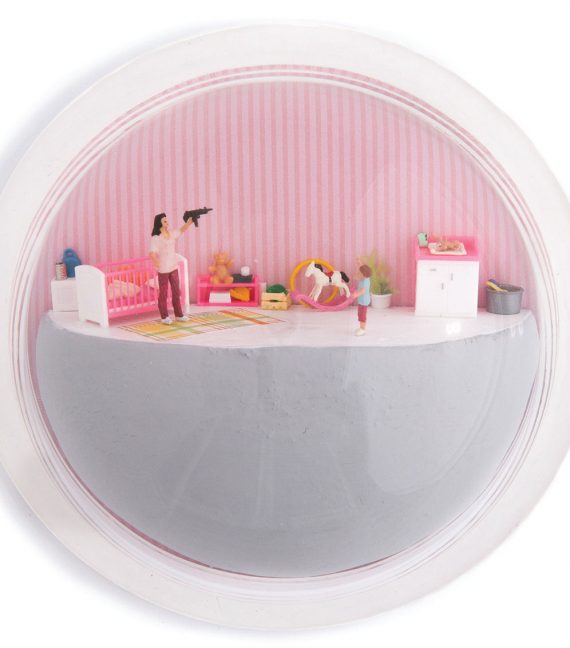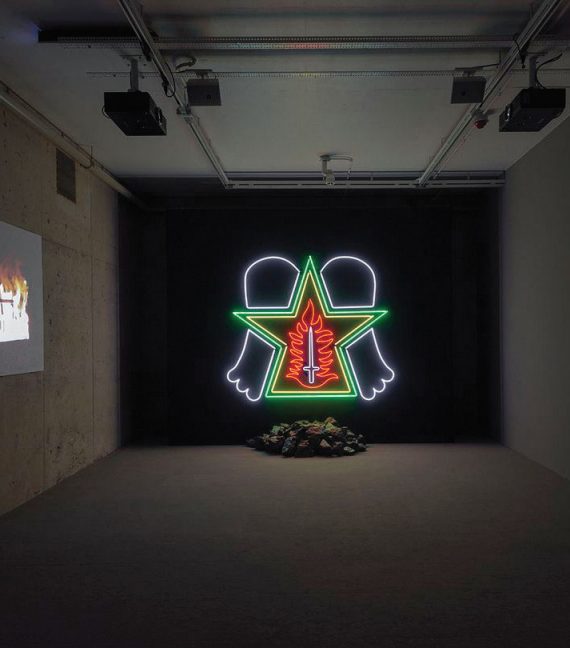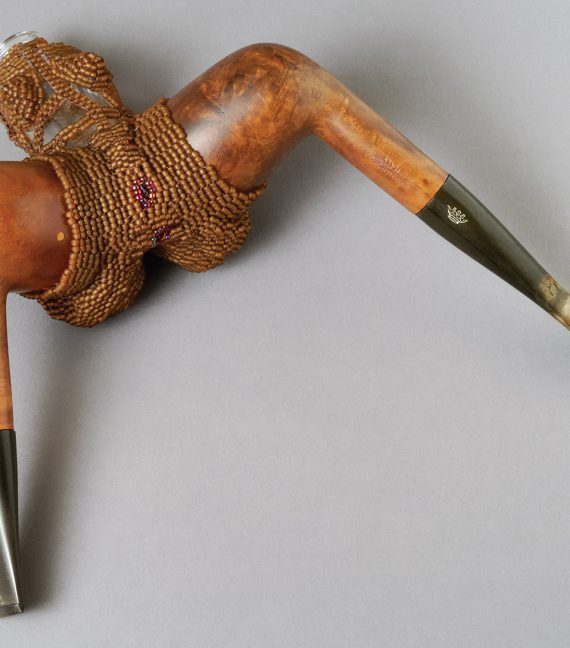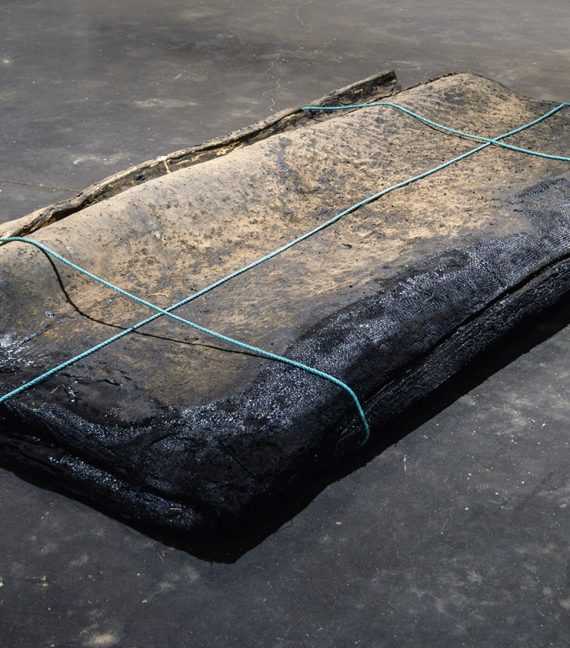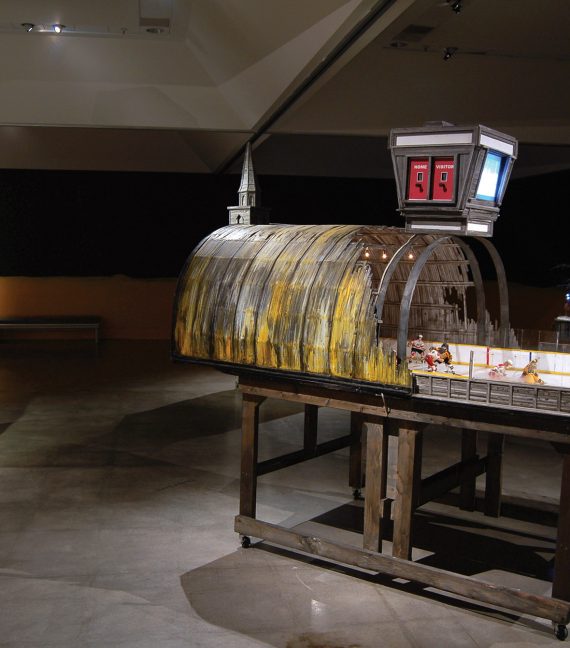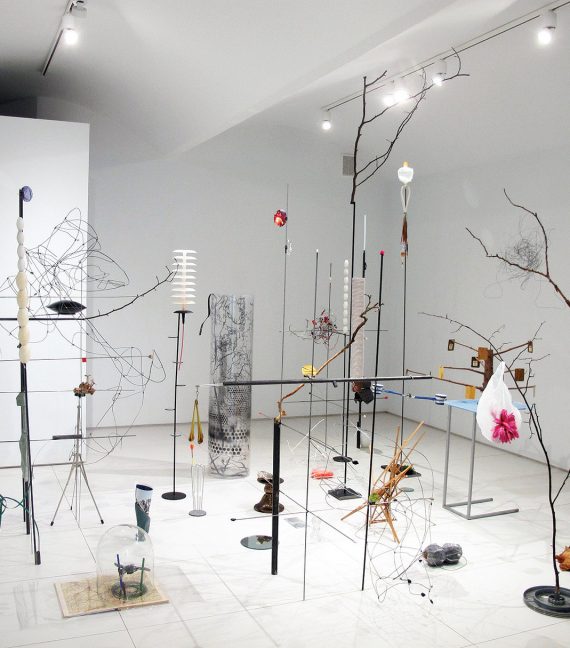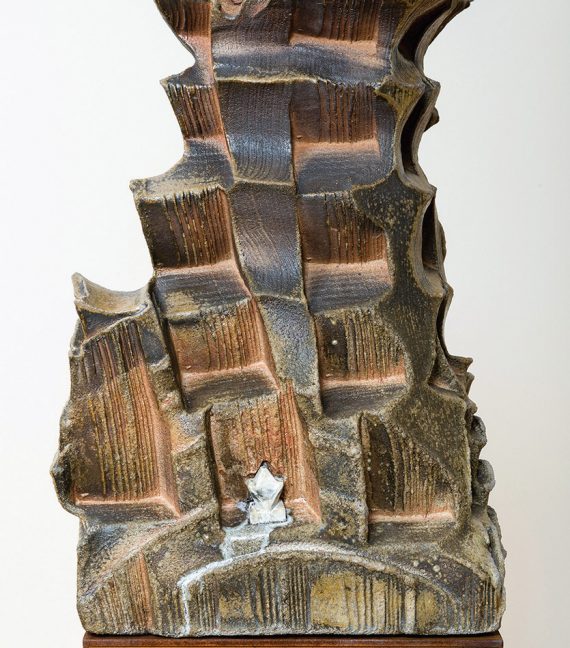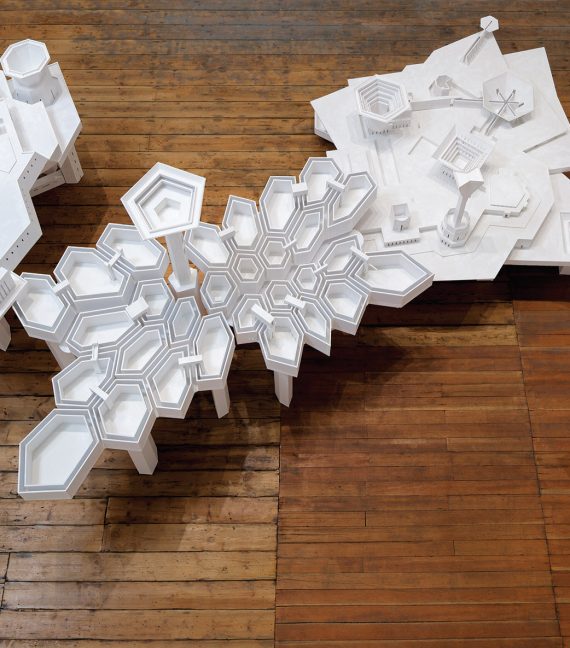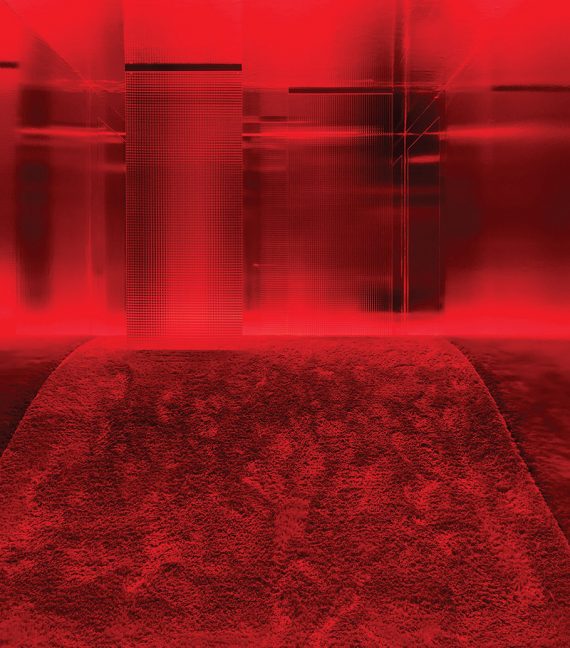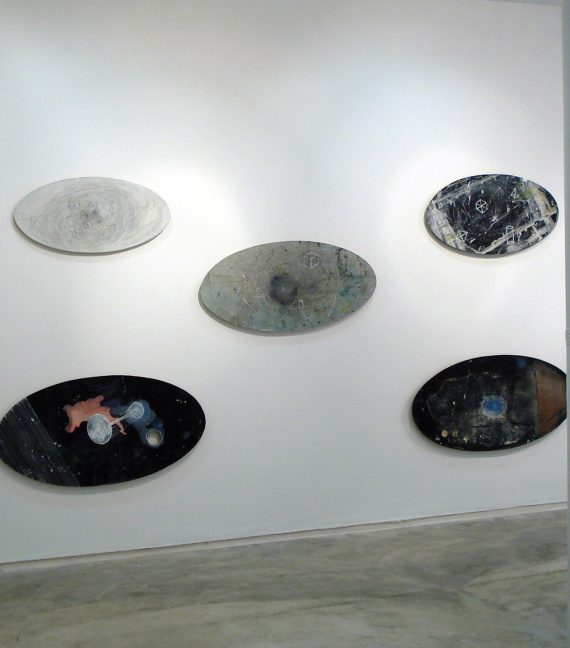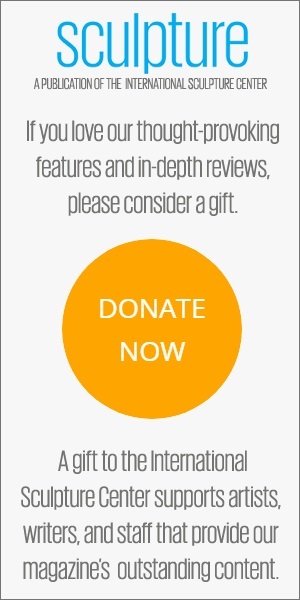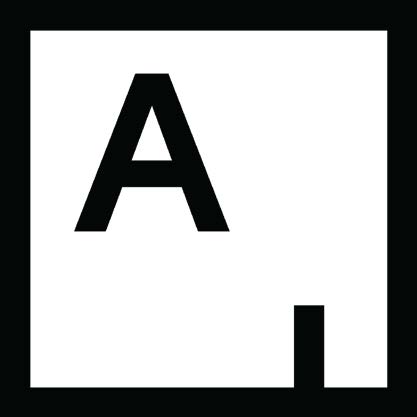PALO ALTO, CALIFORNIA Palo Alto Art Center The literal meaning of the word “diorama”– through that which is seen–served as the title for this exhibition of sculptures and installations by more than a dozen artists. The idea of the diorama explored in the show–as a model, whether miniature or life-size, of anything from a historical event to a species habitat–dates back to the 19th century.
Double Consciousness: A Conversation with Jefferson Pinder
In a career that has evolved from the performing arts to performance art, Jefferson Pinder consistently probes themes of racial identity through live performance, video, and sculpture. Key works such as Ben-Hur, Afro- Cosmonaut/Alien (White Noise), Overture (Star of Ethiopia), and Dark Matter meld historical legacy with current events, adopting references from W.E.B.
Joyce J. Scott
HAMILTON, NEW JERSEY Grounds for Sculpture “Joyce J. Scott: Harriet Tubman and Other Truths” featured 74 works that tell stories from African American and world history, including two imposing new outdoor sculptures, as well as early works and a selection of objects collected within an installation called Harriet’s Closet.
Under Construction: A Conversation with Hemall Bhuta
Hemali Bhuta’s journey into the world of installation has been fascinating. Her multi-disciplinary work focuses on the notion of in-between space, which she considers a plane where the limitations of dimensionality do not apply. By attempting to translate one medium or form into another, she questions the authority that determines the nature of a space.
Animating Sculpture: A Conversation with Graeme Patterson
Graeme Patterson makes multi-disciplinary sculptural installations, often with the end game of stop-motion animation in mind. His work is rarely still, fusing robotics, video, sound, objects, and performance into immersive environments that address dislocation, alienation, nostalgia, identity, and, recently, the fraught relationship of humans, our artifacts (physical and cultural), and the natural world.
Forms of Proliferation: A Conversation with Sofi Zezmer
Sofi Zezmer’s early biomorphic abstractions, made predominantly of plastic and occasionally loaded with hues integral to her unorthodox materials, burst into my line of vision toward the beginning of the new millennium. Though playful, her constructions touch on the intersection of science and technology while being imbued with the pulse of life, their forms continuing
Tony Moore
BROOKLYN, NEW YORK Sideshow Gallery The ceramic sculptures featured in Tony Moore’s recent exhibition, “Children of Light,” invoke themes of conflict, community, and survival. Alongside the work, Moore posted a warning from Dr. Martin Luther King: “Our generation will have to repent not only for the words and acts of the children of darkness but also for the fears and apathy of the children of light.”
Another Kind of Cell: A Conversation with Kendall Buster
Kendall Buster makes large-scale sculptures out of repeated modular units. Much of her work blurs the line between architecture and sculpture by playing on the notion of scale: while some sculptures are large enough to walk into, others put viewers in a position of power by offering a birds-eye view.
Lucio Fontana
MILAN Pirelli HangarBicocca “Ambienti/Environments,” curator Vicente Todolí’s ambitious reappraisal of Lucio Fontana’s spatial installations and light interventions, focused attention on a little-known aspect of Italy’s leading Modernist, successfully re-constructing nine of these works as life-size cabinets of curiosity. Though less familiar than the “Holes,” “Cuts,” or “Spatial Concepts,” Fontana’s installations marked a comparable break with traditional forms of sculpture and painting, foreshadowing later explorations by Gruppo Zero and Yves Klein.
The Fully Formed is Suspect: A Conversation with Alistair Wilson
Alistair Wilson, who was born in Wales, came to Northern Ireland in the 1970s, after a period in London. For the better part of 30 years, he managed two careers–as a sculptor and as a lecturer in sculpture at the Belfast College of Art.



